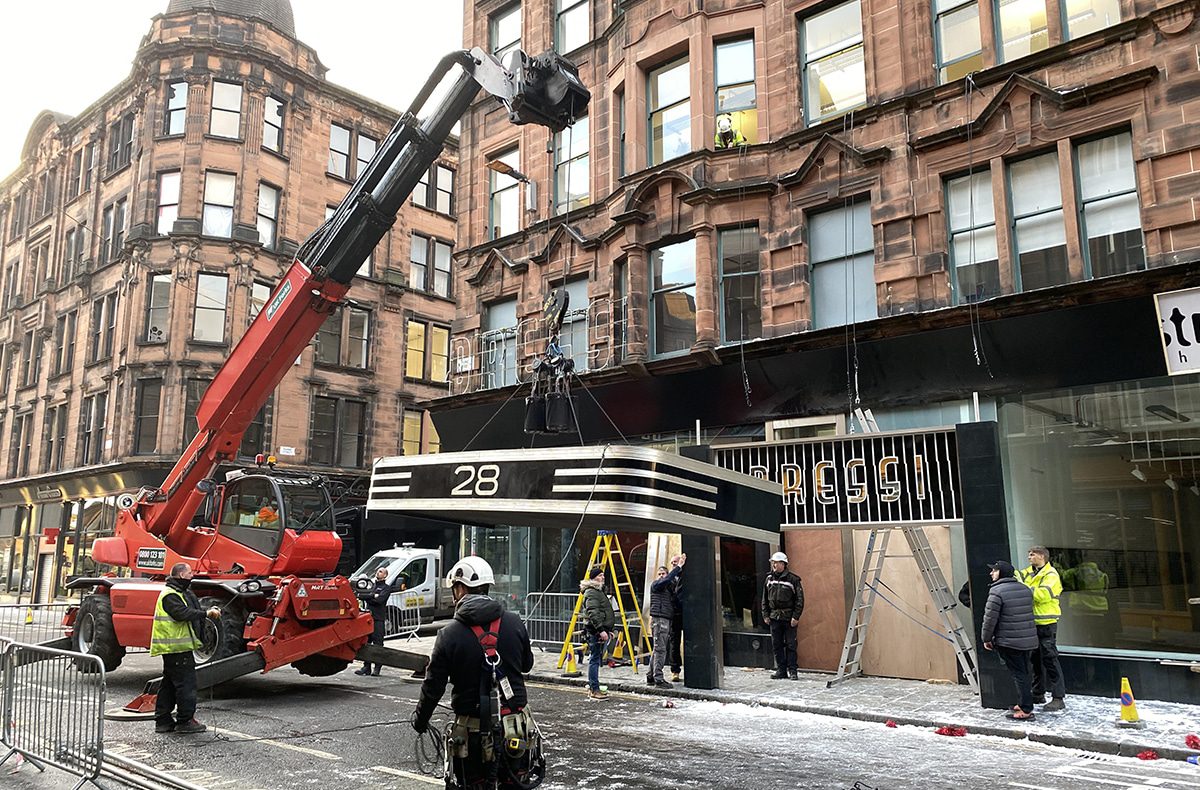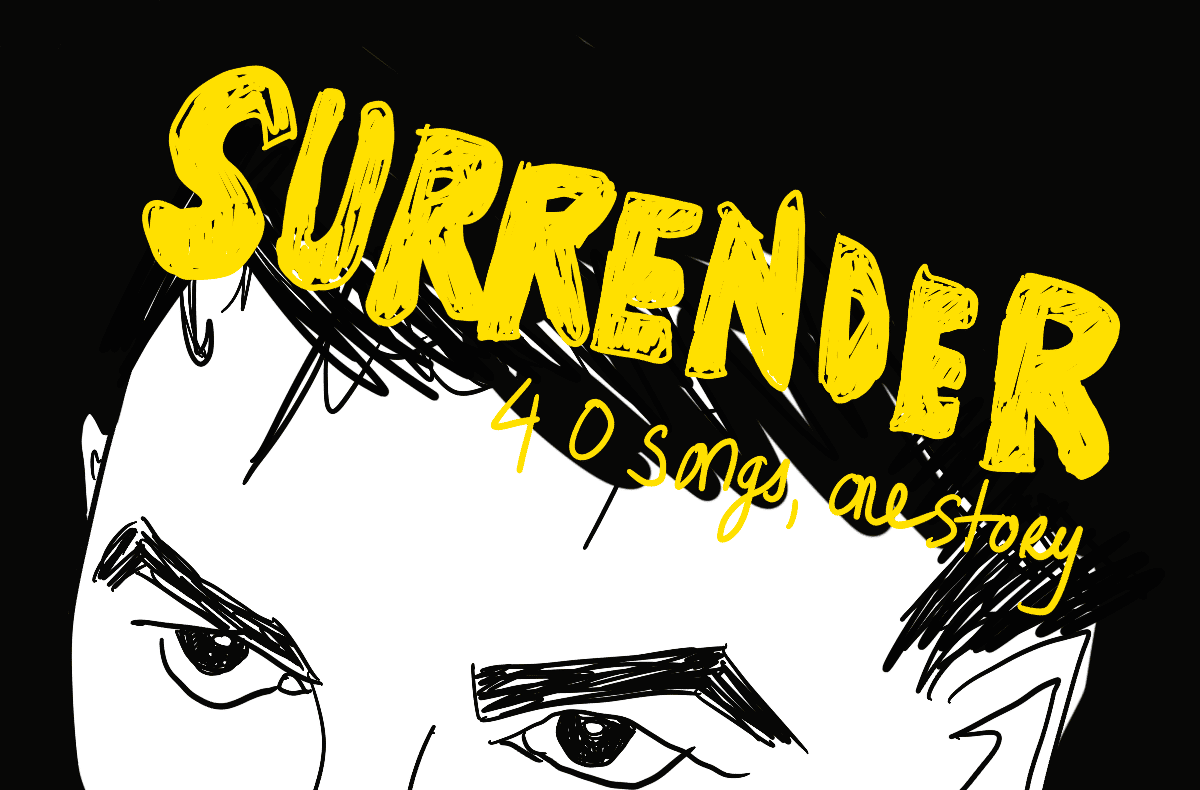
The recent shelving of the Batgirl movie—dud, tax write-off, CEO muscle-flexing, we don’t know—hasn’t just deprived superhero fans of another icon in their “universe.” In my part of the world, it also robs us of a somewhat bittersweet pleasure. That is, my beautiful hometown of Glasgow, Scotland, being taken by Hollywood for a brawny, classic American city.
This is, undoubtedly, A Thing. You got a full blast of Gothic Glasgow in this year’s The Batman, with the caped crusader and Catwoman closing out the movie in the city’s Necropolis. The upcoming The Flash and Black Canary are also asking you to take Glasgow-for-Gotham. And its chiselled-granite main streets are standing in for a ticker-taped 1950s New York Fifth Avenue in the next Indiana Jones movie.
When the movie circus lands in my city, especially in the social media age, it generates much enthusiasm. Residents gleefully post clips of the Batcycle trundling past their front-room windows, or capture J.K Simmons frequenting beloved neighbourhood Italian restaurants. These visitations generate cash too: in 2021, film and tv productions spent £42.2m in Glasgow.
So why is it bittersweet for me? Because I would love these Glasgow streets to be able to tell—and sell—their own cinematic narratives to the world, not just be used as a cheap substitute for original American locations that have become too expensive to rent.
There’s clear historical justifications for the usage, I admit. Victorian builders in Glasgow were operating at the height of the British Empire; the city and its leading industries (shipbuilding and trains) made it known as the “workshop of the world.” The city’s grandeur shows the power of these merchants and moguls, erecting Greek columns and statuary everywhere.
Scots-born (or Scots-parented) architects were also raising the skylines and laying the streets of New York, Chicago, San Francisco, and Philadelphia at the turn of the century. And like these cities, Glasgow’s centre is built on a grid pattern—meaning it’s easy to simulate the bustle of a definitive American intersection.
So if you wanted to create the composite of a powerful city in the modern era— which is what Gotham is—Glasgow does make sense, as an ingredient of your fantasy. (Zombies chasing Brad Pitt around the city tricked out as modern Philadelphia, in the film World War Z? Maybe not so elegant.)
But why can’t it be both/and? What’s stopping Glasgow from presenting its own modernity to the watching world, as well as ventriloquising or simulating the modernity of America?
That’s a question that pulls you down into the debate of how movie cultures beyond Hollywood—and other metropoles—can find a way to survive, let alone thrive. In terms of cold commerce, the situation is OK. Scotland as a whole has a few viable film studios that are servicing fantasy franchises, like Outlander and Neil Gaiman’s Good Omens.
But in terms of a film culture—a zone where indie movies get made, and idiosyncratic voices can develop themselves—it’s a poor show. A quick look at the archive of recent movies driven by Glasgow stories (let alone Scottish ones) is both thin and odd: sentimentality and kitsch in Wild Rose and Barney Thompson; out-there hedonism in Beats… and not much else. Under The Skin managed to bring quotidian Glasgow to the big screen. But it took Scarlett Johanssen as a voracious sexy alien to put it up there.
The other day I was reading about the constant waves of striking, daring and successful German films, over the last few decades. Their secret is the investment in cinema by public tv companies. Movies like Downfall or The Lives of Others aren’t possible without such a system.
As the paper notes, a good film system creates spaces for interesting failures and boundary-pushing experiments, as well as historical blockbusters. Scotland doesn’t yet have national control of its own public media environment. When we do, this will be a model to adopt.
More power, money and freedom would be great. But there also have to be filmmakers with a driving sensibility, impassioned to project screen-worlds not yet seen. This doesn’t just mean Glaswegian (or Scottish) sci-fi/superhero epics. It also can mean filmic imagination operating at more intimate levels.
In 2021, Paul Thomas Anderson’s Licorice Pizza was my favourite taste. I loved its unhurried, sumptuous dwelling on the details and textures of an early-seventies suburban California. The film assumed the right to render these experiences, naturally expecting that some chunk of the wider world would also be interested. Such is the residue of American soft power.
But I’ve just realised what movie this absolutely reminded me of—the great Bill Forsyth comedy, Gregory’s Girl. Set in a Scottish new town, just northeast of Glasgow, the film is as beautifully attentive to the awkward writhings of adolescence as anything the king of American indie cinema has made. When was its release date? 1980. And there’s been nothing comparable since.
So come to Glasgow, Black Canary, the Flash, and the entire colony of Batpersons. Wheel those camera dollies and splash that cash. But I would also love Glasgow to come to you, on its own terms, with its streets spooling out their own story.



